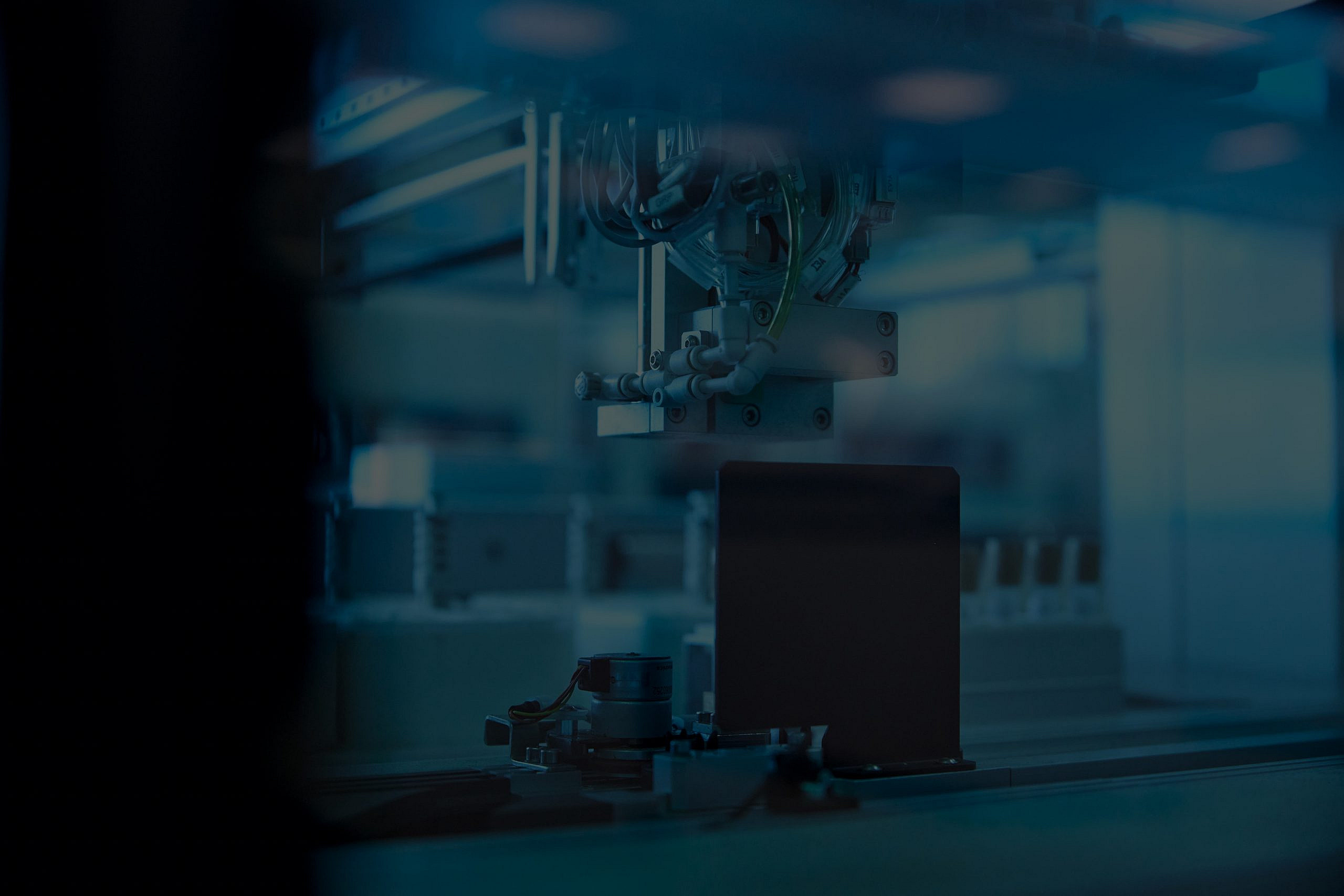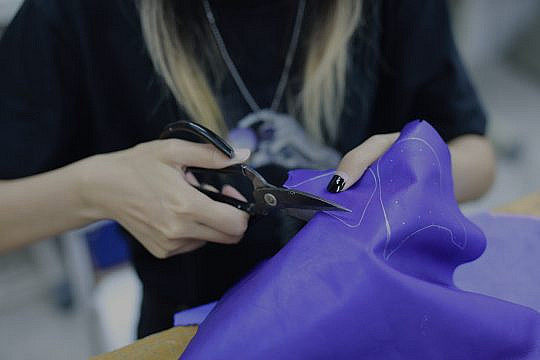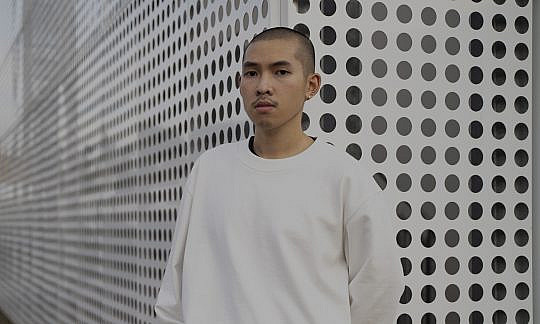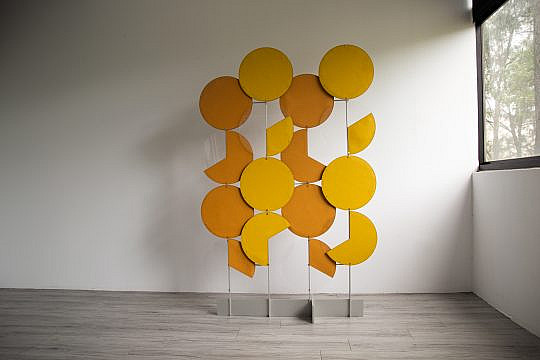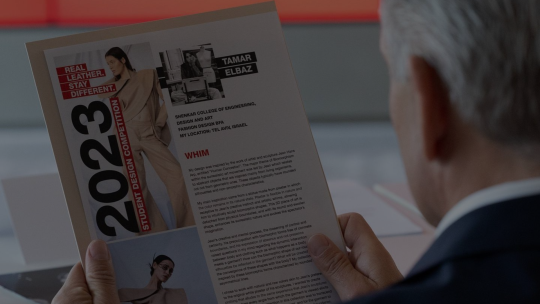
JOSSLYN SHI FROM USA WINS 2024 INTERNATIONAL STUDENT DESIGN COMPETITION.
Josslyn Shi from California College of Art has been crowned Overall Winner of the Real Leather. Stay Different. International Student Design Competition at a glittering final event held at the U.S. Embassy in London.



